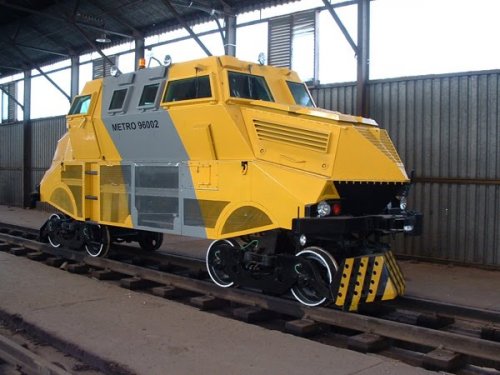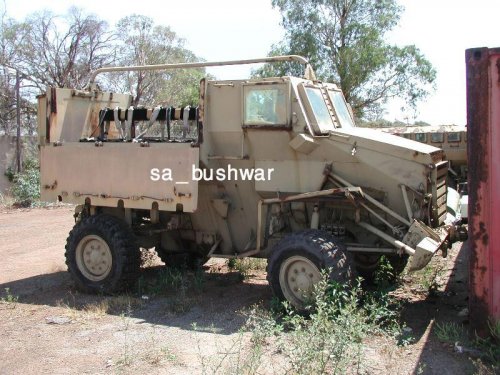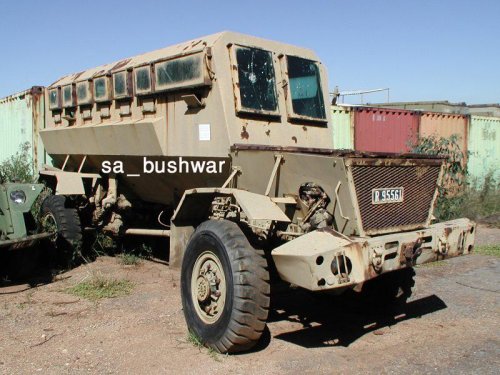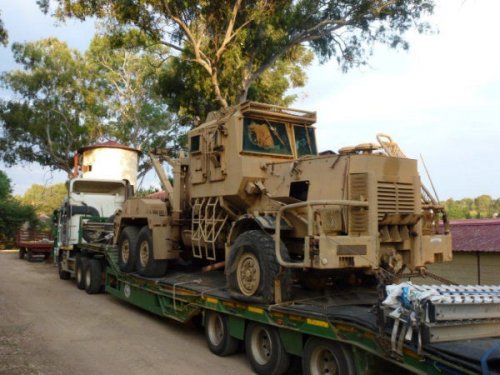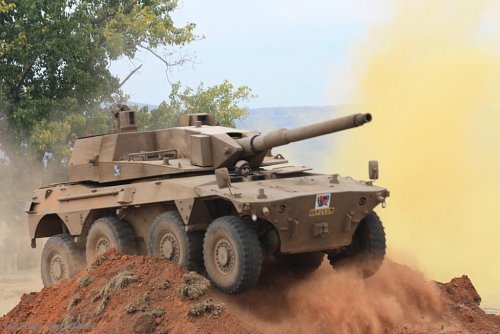Herman said:
Saracens have featured in a number of movies. A Saracen looks "right". The Ratel, for instance, looks like what it is: an armoured rtuck with a gun on it. A Saracen looks like a fighting vehicle and the sound of the straight 8 cylinder Rolls Royce with the whine of the (numerous) drive-line components is magnificent.
?
The Saracen is basically an APC, whilst the Ratel is an IFV.
Looking over the history, when the time came to replace the Saracen, the various APC's trialled were discarded and the Ratel developed precisely because it was decided to to go for an IFV.
The Ratel is more heavily armoured, far more heavily armed, is faster, has better off road abilities, longer range, and is almost twice the weight, but still has a better power to weight ratio.
It's considered to be one of, if not the first, proper wheeled IFV to enter service, and was the first IFV of any type to enter service with a proper commanders cupola offering 360 degree view for the commander. It was also the first in service with a dual feed cannon, allowing rapid selection of AP or HE.
Back to back seating with firing ports, 3 exit doors, and roof hatches that open outward and lock allowing "head-out" shooting with a degree of protection, rear side mounted engine...etc
Whilst it did utilise some commercial components, this was a practical consideration. It wouldn't be the last wheeled IFV to do so.
The fact that ex SADF Ratels have been recently exporte speaks volumes. Even the Casspir APC mounted more offensive firepower than a Saracen, and it was used as a de facto IFV.
Unless you are speaking about purely its looks? ;D




